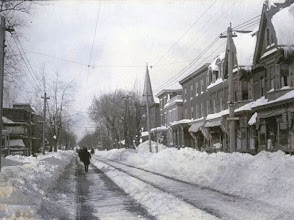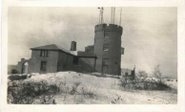sCAST Launched
News about this LR winter forecast method has dribbled out once and a while over the past few years. Appears the model is ready for prime-time. The sCAST developers have a paper about their model in the current Journal of Climate.
Improved Skill of Northern Hemisphere Winter Surface Temperature Predictions
based on Land-Atmosphere Fall Anomalies.
Abstract
A statistical forecast model, referred to as the sCAST model, has been developed using observed October mean snow cover and sea level pressure anomalies to predict upcoming winter land surface temperatures for the extra-tropical Northern Hemisphere. In operational forecasts since 1999, snow cover has been used for seven winters and sea level pressure anomalies for three winters. Presented are skill scores for these seven real-time forecasts and also for thirty-three winter hindcasts (1972/73-2004/05). The model demonstrates positive skill over much of the eastern United States and Northern Eurasia; regions that have eluded skillful predictions among the existing major seasonal forecast centers. Comparison with three leading dynamical forecast systems shows that the statistical model produces superior skill for the same regions. Despite the increasing complexity of the dynamical models, they continue to derive their forecast skill predominantly from tropical atmosphere-ocean coupling, in particular from ENSO. Therefore, in the Northern Hemisphere extratropics, away from the influence of ENSO, the sCAST model is expected to outperform the dynamical models into the foreseeable future.

From TerraDaily...
"(Dr. Judah) Cohen and colleagues outline the link between October snow cover in Siberia and the Northern Hemisphere's winter temperatures, and snowfall.
"October is the month when snow begins to pile up across Siberia. October is also the month that the Siberian high, one of three dominant weather centers across the Northern Hemisphere, forms.
"In years when Siberian snow cover is above normal, a strengthened Siberian high and colder surface temperatures across Northern Eurasia develop in the fall.
""The result is a warming in Earth's stratosphere that occurs in January," said Cohen. "This eventually descends from the stratosphere to Earth's surface over a week or two in January, making for a warmer winter in Northern Hemisphere high latitudes.
"However, in mid-latitudes it turns colder, so winters in the northeastern U.S. and eastern Europe are likely to be colder and snowier than normal."























No comments:
Post a Comment